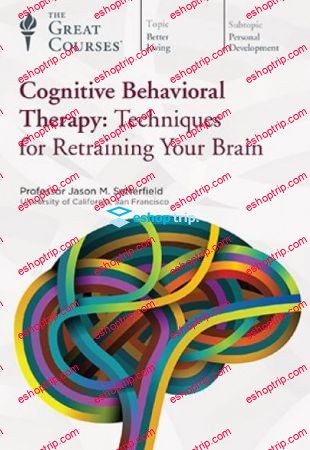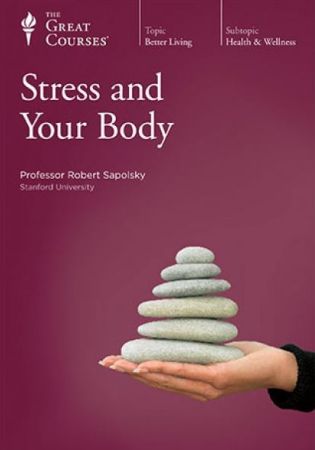Duration: 31m | 9 sections | 15 lectures | Video: 1280×720, 44 KHz | 609 MB
Genre: eLearning | Language: English + Sub
How to Detect It Early before 18 month At Home without any External Help
What you’ll learn
How to detect autism by 18 months at home without seeking any external help.
You will learn the historical Aspect of Autism
You will learn the causes of Autism
You will learn the Management Options of Autism.
How to Detect It at the Earliest and Take action before its too late .
7 pointer to Autism
You will know all the aspects about what it means to have in the family a person with the diagnosis of Autism Spectrum Disorder.
You will be introduced to some famous personalities with the spectrum and get motivated .
Requirements
-
No experience or knowledge are required
-
There are no specific prerequisites to enroll in this Introduction to Autism Training Course. Anyone and everyone can take this course.
Description
Autism spectrum disorder (ASD), or autism, is a broad term used to describe a group of neurodevelopmental conditions.
These conditions are characterized by differences in communication and social interaction. People with ASD often demonstrate restricted and repetitive interests or patterns of behavior.
ASD is found in people around the world, regardless of race and ethnicity, culture, or economic background.
In this Basic course on Autism, I have tried to make it as simple as possible to understand easily. And spark hope among parents and professionals.
Happy Parenting !!
Symptoms of ASD typically become clearly evident during early childhood, between 12 and 24 months of age. However, symptoms may also appear earlier or later.
Early symptoms may include a marked delay in language or social development.
The DSM-5 divides symptoms of ASD into two categories: problems with communication and social interaction, and restricted or repetitive patterns of behavior or activities.
Problems with communication and social interaction
These can include:
- issues with communication, including difficulties sharing emotions, sharing interests, or maintaining a back-and-forth conversation
- issues with nonspeaking communication, such as trouble maintaining eye contact or reading body language
- difficulties developing and maintaining relationships
Restricted or repetitive patterns of behavior or activities
These can include:
- repetitive movements, motions, or speech patterns
- rigid adherence to specific routines or behaviors
- an increase or decrease in sensitivity to specific sensory information from their surroundings, such as a negative reaction to a specific sound
- fixated interests or preoccupations.
Who this course is for:
- This course is suitable for anyone who wishes to develop their understanding of autism
- Who wants to know How to detect autism by 18 months at home without seeking any external help.
- Who wants to understand the causes and historical aspect of Autism
https://www.udemy.com/course/autismbasic/











Reviews
There are no reviews yet.